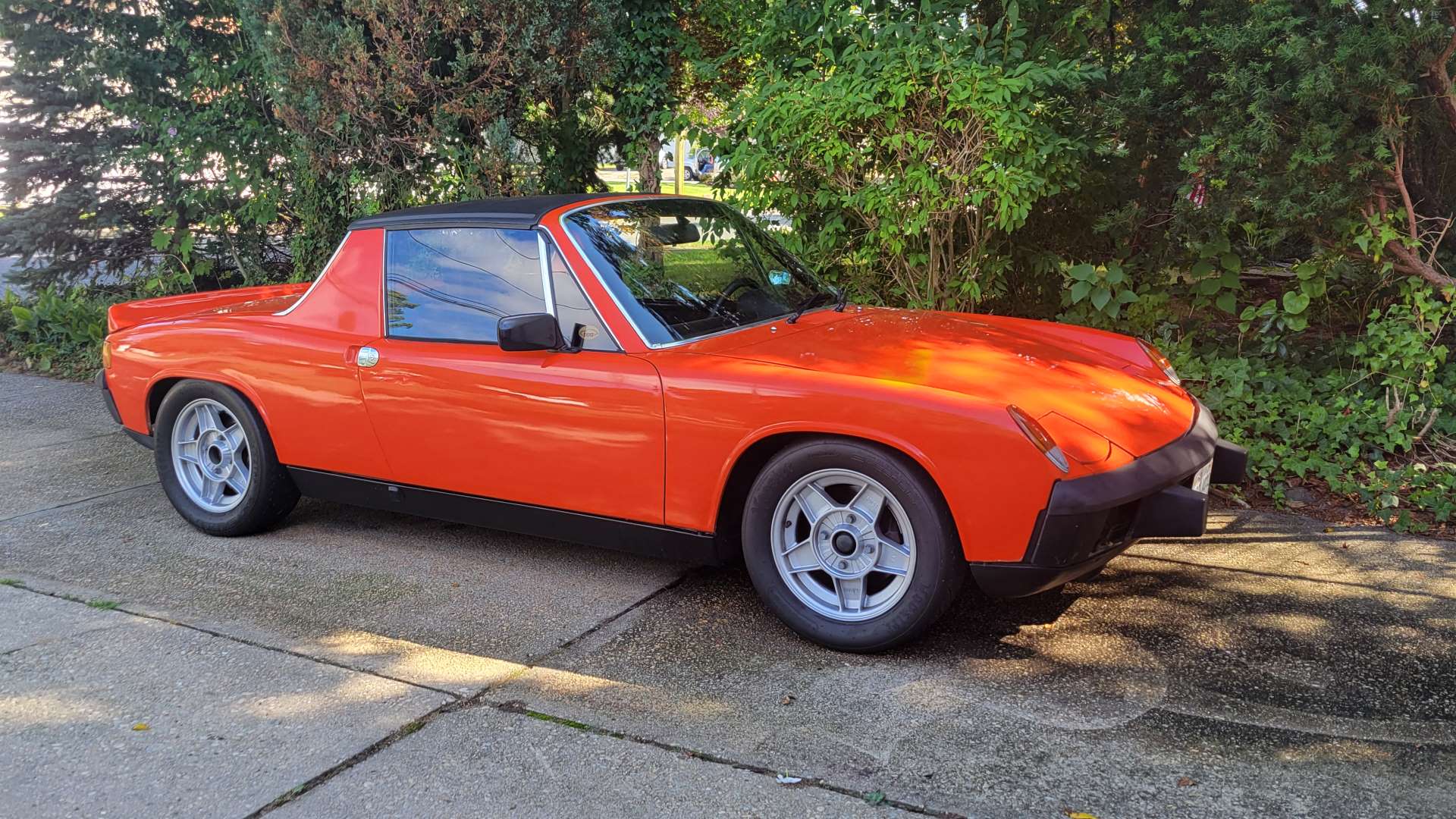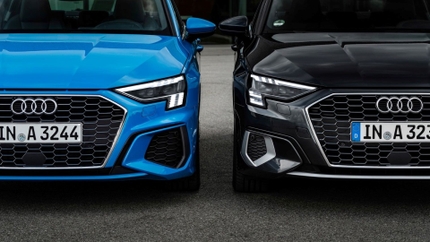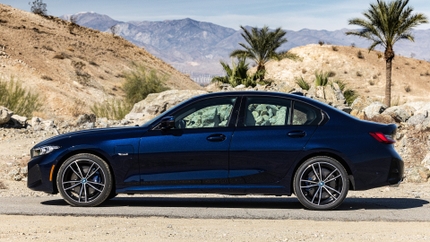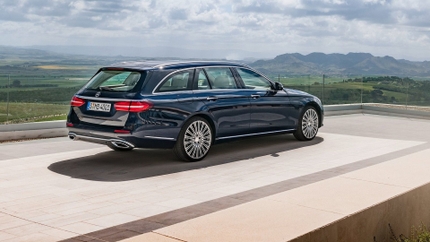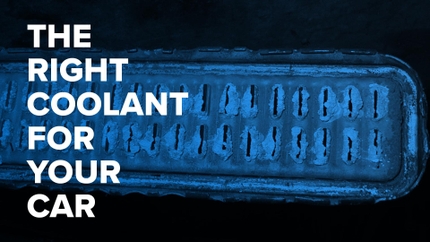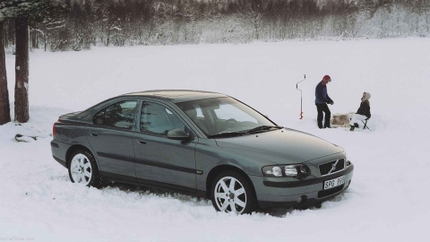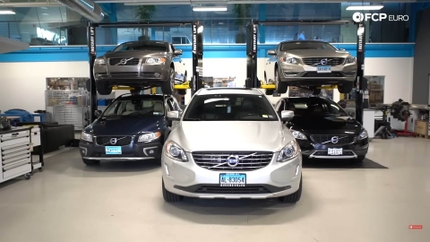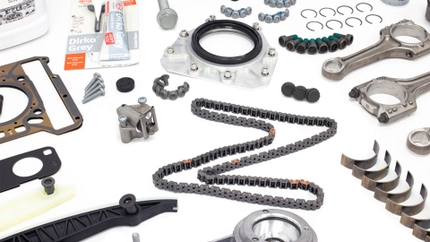If Volvo has been committed to anything throughout its history, it’s safety. From pioneering modern airbag and restraint systems to the first to include three-point seat belts as standard, they’re as committed as anyone out there. However, their drive for safety has presented their engineers with more than a few challenges. Strict chassis-related requirements heavily dictate the size and shape of the engine bay, making powertrain packaging a challenge. However, Volvo’s best minds have hardly ever been concerned by that, and the SI6 engine found in the late XC90s and the P3s are a perfect example.
The Volvo SI6, an initialism for Short Inline 6 (cylinder), was the workhorse of the Volvo line-up between 2008 and 2016. Volvo bolted the SI6 into everything from the seven-seat XC90 SUV to the high-performance Polestar edition models in normally aspirated and turbocharged trims. Thanks to packaging restrictions, the SI6 uses some clever engineering to provide owners and technicians with relatively easy access to servicing without feeling too cramped. However, those tricks include some parts no other engines have, so it’s best to keep reading to understand how they operate entirely.
Volvo SI6 Information & Technical Specifications
As cars in the mid to late ’00s were becoming more powerful, Volvo needed larger displacement engines and, with help from Ford, settled on an inline-six-cylinder layout. While it makes good power, the SI6’s entire design revolves around its ability to fit in Volvo’s engine bays sideways. The transverse engine layout was standard across all Volvo platforms, prompting Volvo to make special adjustments.
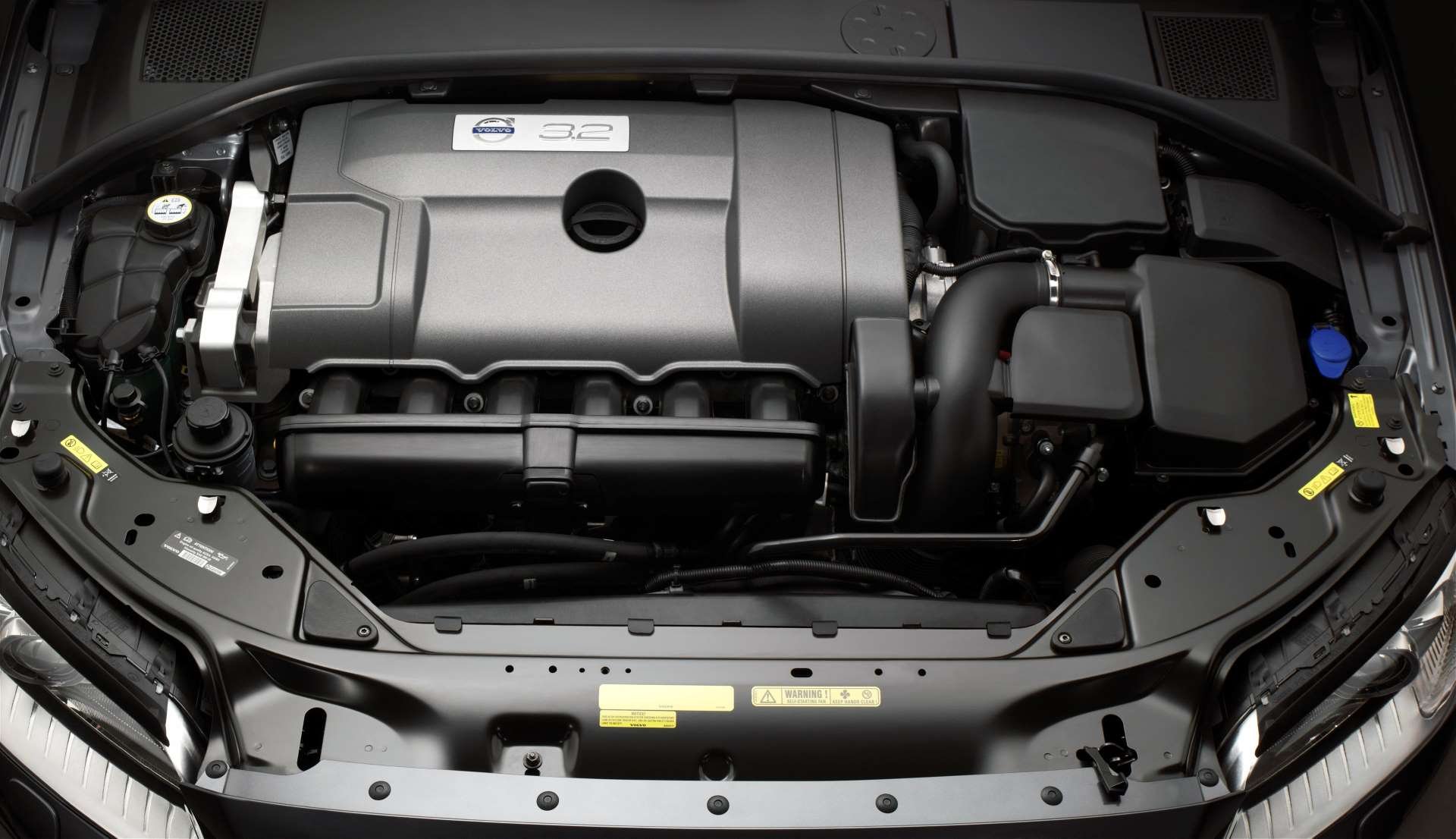
Fitting it into an engine bay transversely with a traditional timing belt or chain set-up wasn’t going to work— the front of the engine would’ve been millimeters away from touching a frame rail leaving no space for ancillaries or servicing. Engineers placed the timing chain system at the back of the engine on the transmission side to work around the lack of space, but there still wasn’t room for the accessories. The fix was moving the accessories to the back of the engine with the timing chain. However, that then presented another challenge. What would drive the various accessory pulleys with the transmission covering the crankshaft?
The READ or Rear End Accessory Drive was Volvo’s solution and is unique to the SI6. Simply put, this device is a rotating shaft with three gears. The shaft spins through an aluminum housing that supports the shaft on bearings. A gear rides on the shaft contained within the housing and interfaces with a gear on the crankshaft’s nose. Connected at the ends of the READ are the drive pulleys, one on either side. On the left is the alternator, and on the right is the main serpentine belt system. Next to the gear that interfaces with the crankshaft is a smaller gear that handles the timing chain duties. The chain, driven by the crankshaft, keeps the camshafts in time with the rest of the engine. It’s a very effective system that has proven reasonably reliable throughout the SI6’s fifteen-year history.
Another size-reducing engineering design choice determined the bore-to-stroke ratio. Many of the world’s performance engines, like those from Porsche and BMW, use a larger piston diameter than stroke length, giving them an oversquare design. Volvo’s SI6 does the opposite, with a longer stroke than the cylinder bore diameter, giving them an undersquare design. The smaller bores allowed the engine to be more compact as the pistons could fit tighter together, while the longer stroke ensured the necessary displacement was possible. Though, the displacement varied depending on what kind of induction system was present.
B6324S/S2
Volvo shoehorned the naturally aspirated SI6 engine into their larger vehicles as the bottom-spec engine. Displacing 3.2-liters, they’re larger than the preceding white-block-based engines while carrying much more advanced tech. An aluminum alloy cylinder block with iron cylinder liners contains a partially forged rotating assembly. The aluminum alloy dual-overhead-camshaft cylinder head handles the intake and exhaust duties with four valves per cylinder. All 3.2-liter variants utilize variable cam timing on the intake camshaft and variable valve lift. Volvo refers to those systems as VCT and CPS, respectively. The N/A engines also use a variable intake manifold with two internal flaps to alter the intake tract length and plenum volume.
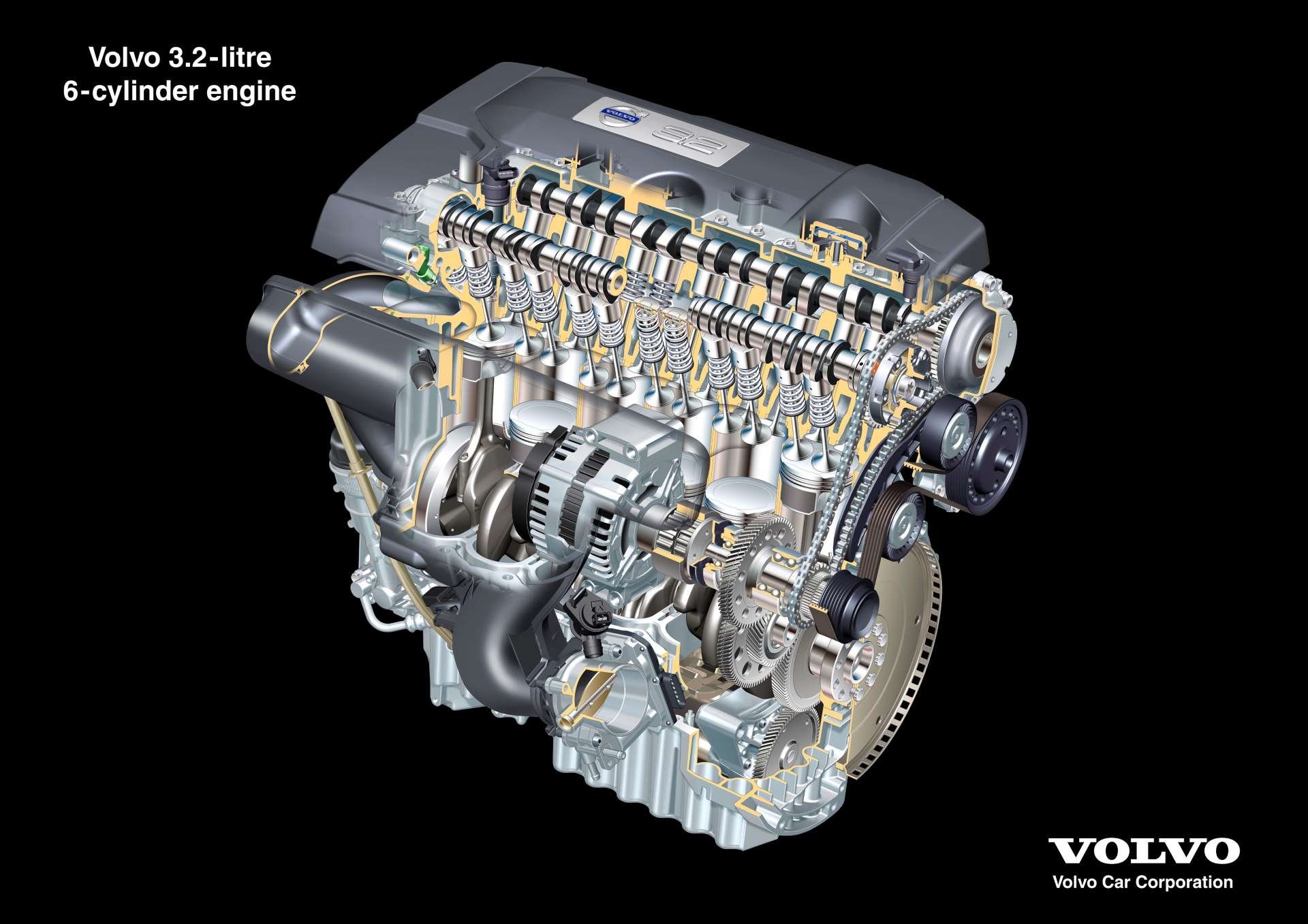
Available in:
2007-2010 Volvo S80
2008-2010 Volvo V70
2008-2010 Volvo XC70
2007-2010 Volvo XC90
2010 Volvo XC60
B6324S/S2 Specs:
Engine Type: Inline 6
Displacement: 3.2L (3192cc)
Horsepower: 235 @ 6200RPM
Torque: 236 @ 3200RPM
Compression Ratio: 10.8:1
Induction: Normally Aspirated
Cooling: Water-cooled
Injection: Port Injection
Valvetrain: Dual Overhead Camshafts
Valves: 24 Valve
Bore x Stroke: 84mm x 96mm (3.30in. x 3.78in.)
Timing Chain: Single Chain Configuration
Oiling System: Wet Sump
Engine Oil Capacity: 7.4L
Required Octane: Premium Unleaded (91+)
B6324S4/S5
After two-or-so years of production, the original 3.2 received a few internal updates that helped boost power and reliability. The revised engine carries the B6324S5 designation and was fitted to all models starting with the 2011 model year. The internal changes were developed to reduce friction, free-up horsepower, and ease strain. They include a Diamond-like Carbon (DLC) coating on the valvetrain components, a different Denso spark plug, and revised engine mapping. Critically, the READ had its needle bearing replaced by ball bearings to prevent the failure issues found on the earlier engines.
Updates were made externally, too, with an electric power steering pump replacing the mechanically driven unit on all engines except those used in the XC90s. Those engines retain the shared water pump and power steering pump pulley. A revised A/C bracket was also included in the update. The newer bracket doesn’t require special tools for realignment like the early bracket.
Available in:
2011-2015 Volvo S80
2011-2015 Volvo XC70
2011-2014 Volvo XC90
2010-2015 Volvo XC60
B6324S4/S5 Specs:
Engine Type: Inline 6
Displacement: 3.2L (3192cc)
Horsepower: 240 @ 6200RPM
Torque: 236 @ 3200RPM
Compression Ratio: 10.8:1
Induction: Normally Aspirated
Cooling: Water-cooled
Injection: Port Injection
Valvetrain: Dual Overhead Camshafts
Valves: 24 Valve
Bore x Stroke: 84mm x 96mm (3.30in. x 3.78in.)
Timing Chain: Single Chain Configuration
Oiling System: Wet Sump
Engine Oil Capacity: 6.8L
Required Octane: Premium Unleaded (91+)
B6304T2
The turbocharged SI6 engine debuted around the same time as its larger N/A sibling. Commonly referred to as the T6 3.0, it utilizes the same design and packaging architecture to fit in Volvo’s engine bays. The engine block and cylinder head are made of the same materials, but the cylinder bore is 2mm smaller than the 3.2L. It also uses a smaller stroke, helping it achieve its 3.0-liter displacement. However, the similarities stop there as the B6304T has some key differences.
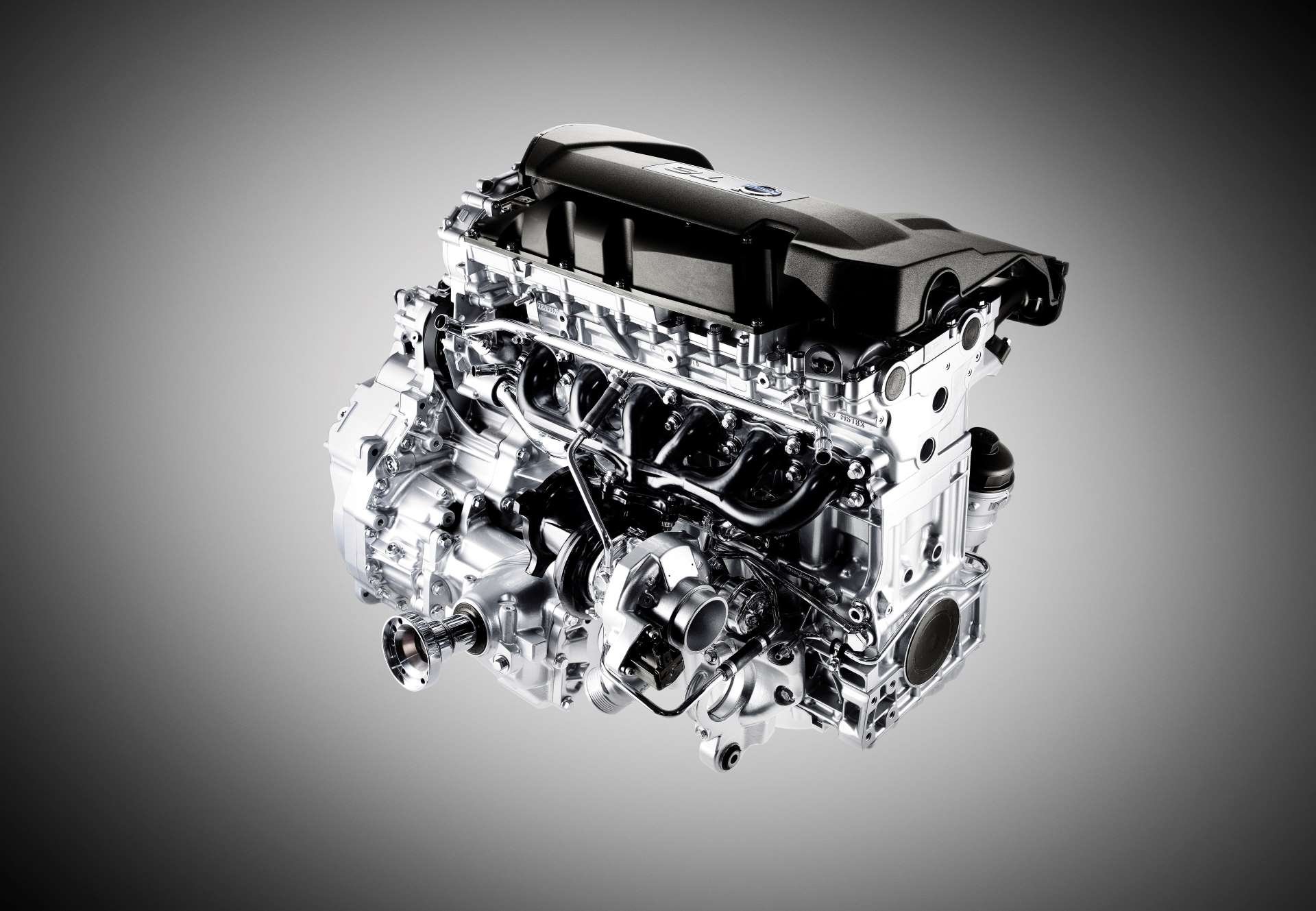
Most notable is the change in induction. The 3.0-liter SI6 uses a twin-scroll turbocharger, producing a little over 10psi boost in factory trim. The split exhaust manifold and twin-scroll exhaust housing nearly eliminate all lag from the turbocharger and give the B6304T a broad, flat torque curve. Helping the turbocharger breathe is the revised valvetrain. Volvo ditched the variable valve lift on the turbo engine but added the variable valve timing to the exhaust camshaft to help it spool quicker while retaining top-end power. An air-to-air intercooler sits between the turbocharger and the throttle body to keep the charge air cool and dense.
Available in:
2009-2010 Volvo XC70
2009-2010 Volvo V70
2010 Volvo XC60
2008-2010 Volvo S80
B6304T2 Specs:
Engine Type: Inline 6
Displacement: 3.0L (2953cc)
Horsepower: 281 @ 5600RPM
Torque: 295 @ 1500-4800RPM
Compression Ratio: 9.3:1
Induction: Turbocharged
Boost Pressure: 10.1 PSI (0.7 Bar)
Cooling: Water-cooled
Injection: Port Injection
Valvetrain: Dual Overhead Camshafts
Valves: 24 Valve
Bore x Stroke: 82mm x 93.2mm (3.23in. x 3.67in.)
Timing Chain: Single Chain Configuration
Oiling System: Wet Sump
Engine Oil Capacity: 7.4L
Required Octane: Premium Unleaded (91+)
Digital Motor Electronics: Denso
B6304T4
The B6304T4 also received an update in 2010 alongside its 3.2-liter sibling. The same Diamond-like Carbon (DLC) coating on the valvetrain components, different Denso spark plug, and revised engine mapping was applied, though it freed much more power on this engine. Peak numbers jumped by about 20 horsepower and 30 lb-ft of torque on non-R-Design models. The same external updates with the electric power steering pump were also applied here.
The 2013 model year brought about the T6 R Design package for the S60 and V60. The engine received a bump in power thanks to more boost, while various chassis and interior-related upgrades rounded out the top-spec trim. Peak power in the R design came in at 325 horsepower and 354 lb-ft of torque. Because it was mostly a software-related performance increase, the engine carries the same B6304T4 designation.
Available in:
2011-2015 Volvo XC70
2011-2015 Volvo V70
2010 Volvo XC60
2011-2015 Volvo S80
2011-2016 Volvo S60
2015-2016 Volvo V60
B6304T4 Specs:
Engine Type: Inline 6
Displacement: 3.0L (2953cc)
Horsepower: 300 @ 5600RPM
325 @ 5400-6500 RPM (R-Design)
Torque: 325 lb-ft @ 1500-4800 RPM
343 lb-ft @ 3000-3600 RPM (R-Design)
Compression Ratio: 9.3:1
Induction: Turbocharged
Boost Pressure: 10.1 PSI (0.7 Bar)
14.5 PSI (1 Bar) (R-Design)
Cooling: Water-cooled
Injection: Port Injection
Valvetrain: Dual Overhead Camshafts
Valves: 24 Valve
Bore x Stroke: 82mm x 93.2mm (3.23in. x 3.67in.)
Timing Chain: Single Chain Configuration
Oiling System: Wet Sump
Engine Oil Capacity: 6.8L
Required Octane: Premium Unleaded (91+)
Digital Motor Electronics: Denso
B6304T5
The final iteration of the SI6 to hit the market was the T5. It was used exclusively in the 2014-2016 S60 and V60 Polestar models and is the most potent SI6 variant. Upgrades over the T4 included a full stainless-steel 2.5” exhaust system, a larger intercooler, a different twin-scroll turbocharger, and a Polestar-fettled engine management system. Peak performance figures significantly increased, putting the Polestars in direct competition with the likes of the Audi S4 and BMW 335i. Besides the new performance parts, the T5 shares the rest of its architecture and faults with the other SI6 engines.
Available in:
2014-2016 Volvo V60 T6 AWD Polestar
2014-2016 Volvo S60 T6 AWD Polestar
B6304T5 Specs:
Engine Type: Inline 6
Displacement: 3.0L (2953cc)
Horsepower: 350 @ 5700 RPM
Torque: 369 @ 2800-4750 RPM
Compression Ratio: 9.3:1
Induction: Turbocharged
Boost Pressure: 17.5 PSI (1.2 Bar)
Cooling: Water-cooled
Injection: Port Injection
Valvetrain: Dual Overhead Camshafts
Valves: 24 Valve
Bore x Stroke: 82mm x 93.2mm (3.23in. x 3.67in.)
Timing Chain: Single Chain Configuration
Oiling System: Wet Sump
Engine Oil Capacity: 6.8L
Required Octane: Premium Unleaded (91+)
Digital Motor Electronics: Denso
Volvo SI6 Common Faults and Problems
Fifteen years of service has done the SI6 reasonably well. It has proven relatively reliable, inexpensive to run, good on fuel consumption, and adequately powerful. However, every engine has weaknesses, and the SI6 is no exception. Luckily, its issues aren’t significant and are avoided with proper maintenance and keen attention to the noises it makes.
READ Pulley Related Failures
Volvo and Ford did their engineering homework to create the READ system. Its ability to keep the engine in time and drive the accessories is nearly faultless. However, the pulleys attached to the ends of the READ shaft can cause some issues.
A single freewheeling pulley and mechanical tensioner support the water pump, power steering pump, and A/C compressor drive on the READ shaft. It’s a lot of work for a relatively small pulley, so they do tend to wear out after significant mileage. The pulley will have a slight wobble and likely give off whirring noises when failing. It is critical to replace the pulley once determined defective for the health of the READ system. A lousy pulley will put excess strain on the READ shaft’s bearings and could cause them to wear, requiring a replacement. Replacing the pulley is a DIY job, but this special tool is required.
On the other side of the shaft is the alternator coupler. Unlike a traditional accessory system, the READ shaft drives the alternator directly by way of a rubber coupling pulley. The pulley itself will eventually wear, though it will last a significant amount of time and rarely fails. Instead, the problem is the bolt securing the coupler to the shaft. The bolt tends to come loose, preventing the alternator from spinning. A dab of Loctite and a retorquing is a permanent fix.
Water Pump Failures
The early versions of both SI6 engines used a single pulley to drive the water pump and power steering pump. Those early water pumps tend to fail and leak much more regularly than the later design, whether from the strain on the pulley or some other reason. The pump is relatively easy to replace, but getting to it requires a hefty amount of disassembly of the surrounding components.
We recommend you carefully examine the cooling system hoses throughout the engine bay if any cooling system work has to be done. The hoses use plastic ends with o-rings to seal the connections; over time, the heat will degrade them. The o-rings will dry and lose their sealing power, while the plastic ends will get brittle and can crack. New hoses are an inexpensive purchase and are an easy way to eliminate possible roadside breakdowns.
Oil Leaks
The SI6 does have a few spots that will develop oil leaks, just like every other modern engine. Not all of them apply to both engines, though, so read on to understand which will affect your engine.
READ Seals
The outer seal on the water pump side of the READ is a regular spot for an oil leak on both SI6 engines. The leaks don’t regularly get bad enough to cause engine damage, but they will weep oil down the side of the engine. The seal is replaceable, but a special tool is required for the job. Your local Volvo dealership or independent shop should be able to handle that repair.
3.2L Vacuum Pump Seals
The vacuum pumps on the normally aspirated SI6 engines are notorious for blown-out oil seals. If left untreated, the area below the pump will be sufficiently coated in oil. However, Volvo recognized the issue early and now offers a seal replacement kit for the pumps. The seal kits are significantly cheaper than replacing a pump.
Valve Cover
The valve cover does tend to leak on higher mileage SI6 engines. The anaerobic sealant the Volvo uses to seal the cover to the head weakens with age, allowing oil to pass by. To fix a leaky valve cover, simply remove it from the heat, scrape off the old sealant, apply new sealant, and refit the cover. Very DIY-friendly and should only take an hour or so to complete.
PCV Diaphragm Tears
The PCV diaphragm on the T6 3.0 engines is known for tearing, resulting in a hissing sound at idle. Unlike previous Volvo engines, the PCV system sits right atop the engine and is easily accessible. Replacing the PCV unit is the only way to solve the leak.
Piston/Ring Faults
Volvo fitted both SI6 engines with special pistons and rings designed for maximum efficiency upon initial release. However, owners reported severe oil consumption issues, poor idle quality, and white smoke from the exhaust. Eventually, Volvo determined that the pistons and rings were the culprits, so they redesigned them. This issue affected engines built before 2012, though Volvo repaired those affected with new pistons and rings. However, any prospective buyer should be aware of this issue and be prepared for a fix if one wasn’t ever performed.
Volvo SI6 Recommended Maintenance
As with any engine, the proper maintenance will deliver the best possible performance, longevity, and reliability from an engine. The SI6 is no different, so it’s best to track what needs servicing and when that needs to happen. Here are some of the SI6’s maintenance intervals to help you stay on top of your servicing.
Oil Change
The Volvo recommended engine oil service interval is every 10,000 miles. Modern synthetic oil is significantly more durable than the stuff automakers used twenty years ago, allowing them to extend those service intervals safely. However, just because the oil can last that long doesn’t mean it should be used for that long. Bits of carbon, oil sludge, pieces of gaskets, and metal shavings all regularly find their way into the oil system. The longer that oil circulates, the more bits get sent around the engine, possibly clogging it. We recommend reducing the service interval; instead, changing your oil every 5,000 to 7000 miles.
Engine Air Filter
The engine’s air filter is the only piece preventing foreign contaminants from being consumed by the engine. Volvo recommends an air filter change every 30-40,000 miles. That’s an acceptable interval and one that won’t do you wrong. However, removing a clean air filter for another just because the service interval has arrived isn’t always the best option. The air filter can be changed on a conditional basis, meaning check the filter during every oil change and replace it when it’s filthy. Different cars drive in different environments; everyone will be different.
Spark Plugs
The spark plugs ignite the fuel and air mixture in the combustion chamber. They’re subject to all of the heat and compression created by the engine and can only withstand that for a certain period. You’ll experience hesitation, misfiring, loss of power, and a loss of fuel economy. You might even see a check engine light appear. Volvo recommends a plug change every 75,000 miles, and that interval is perfect for stock engines running OE parts. However, there are more variables to consider when performance increases.
Belts and Pulleys
Volvo recommends an accessory belt, tensioner, and pulley replacement every 150,000 miles. While they should all last that long, we’d recommend checking them a little sooner. A little extra caution won’t hurt with the pulleys and tensioners known to go wrong.
Volvo SI6 Upgrades & Modifications
Volvos always have sort of been European tuner cars. The white-block five-cylinders are widely known engines for their unique sound and power potential. The SI6 was given a healthy power base to start but is receptive to modification. Unfortunately, this section doesn’t apply to the 3.2-liter engines. The turbocharged engine has much more support and much greater power potential. They aren’t as widely supported as other Volvo engines, but they are starting to come into their own in the tuner scene as more second-hand models fall into ownership of enthusiasts.
Exhaust
Fitting an aftermarket exhaust to your car is arguably one of the most enjoyable modifications you can make. They’re relatively simple to replace yourself, assuming there aren’t any rusted bolts, and the results are typically worth the money. The Polestar-tuned SI6 engines all came with a 2.5” stainless steel exhaust, which is already a great piece. Every S60/V60 and other T6 3.0-equipped model would benefit from something just like that for a mild performance increase. On top of their increased flow, stainless steel can be lighter than the mild steel factory exhaust, and the sound quality will be stronger.

If you’re going out of your way to build an engine with nearly double the stock power, opt for a higher-flowing system. Companies like iPd, Viva Performance, and Elevate offer full T304 stainless exhaust systems with larger-than-stock diameters that are very popular with consumers. The classic upgraded size is 3.0”, but 2.75” will also provide an uptick in performance. Check out owners’ forums and Facebook groups for sound clips before pulling the trigger on a purchase.
Turbocharger
The key to the T6 3.0’s performance is the turbocharger. Every turbo SI6 runs the same turbocharger with slightly different engine mapping, except for the Polestar. Those engines run a larger Borg Warner K16 turbocharger. The K16 is an easy, bolt-on upgrade for every B6304T that won’t require modification. However, we recommend that you upgrade the exhaust system simultaneously.
If the K16 isn’t enough, then there are a few options. The cheapest is the billet compressor wheels offered by Viva Performance. The billet construction reduces rotating mass, while the enlarged exducer and inducer improve responsiveness and power production throughout the rev range. If that isn’t enough, something like KT4 Performance’s Moose Muscle kit might be the way to go. The Borg Warner 7163 EFR turbocharger they use is physically just a bit bigger than the K16 but can flow quite a bit more. The rest of the kit includes tuning, exhaust components, braided cooling lines, and stronger intake components.
While fun and flashy, turbochargers should be the last piece you upgrade. The K16 is a fine performer and can produce serious power when given the right supporting cast of components. Look elsewhere for less expensive and time-consuming ways to increase performance.
Flashes & Tunes
There really isn’t a better bang-for-buck modification like an engine computer flash. Volvo has many parameters to worry about when selling its cars, and its ECUs are written to reflect that. Reliability and fuel economy are far more critical in their eyes than outright performance. Thankfully, the aftermarket can work around that and offers performance-based engine maps for us enthusiasts.
Different tuning options exist through Hilton Tuning, iPd, and TDI Tuning, among others. They offer different tuning options, flashes vs. a standalone controller, but should provide the same essential power-improving functions you’ll need. If you’ve installed any performance-enhancing part on your SI6 engine, a tune is a must to reach its full potential. We don’t deal with any of these companies, so we recommend you look for reviews on owners’ forums or find someone local with experience.
Intake Components
The turbocharger’s job is to force air into the engine. Making that more manageable for the turbo is a great way to improve performance, and the easiest way to do that is with some form of “intake” kit. Higher-flowing panel filters for the stock airbox and high-flow cone-style filter kits are inexpensive and can improve response time, power, and sound. Although there aren’t significant gains to be had here, you’ll see a slight increase from just a performance filter with tuning.
You’ll see much better gains if you pair that with larger intake piping. The stock 60mm pipes are great for stock power levels but can become restricting as power increases. A handful of Volvo tuning companies, including do88, offer 70mm aluminum intake piping with silicone couplers for a modest flow increase. While replacing the piping, a larger intercooler would take very little extra work to install. Increased intercooler size can increase lag, but the benefit of cooler, denser charge air should outweigh those. The intercoolers, made by the same usual group of performance Volvo specialists, will be on the pricier side, significantly increasing the cost of the pipe replacement.
Fueling & Spark
Turbos, intakes, and exhausts improve airflow, but that air still needs fuel and spark to create horsepower. The spark is the relatively easy part of this section. A set of fresh ignition coils and a one-step colder spark plug will do wonders for any engine running increased performance. Larger fuel injectors aren’t hard to find but require a bit more science. The injectors are the Bosch EV14 style but have a specific Volvo length and o-ring design.
A bigger injector means more fuel enters the engine. More air can be used with more fuel, resulting in more potent combustion. Viva Performance offers two injectors for the T6 3.0 in 630cc and 840cc sizes. Talk to a tuner or Volvo specialist to find out which size you’ll need, if you need them at all.

